There is nothing like a fresh, ripe peach.
I have made no secret of the fact that peaches, when fresh, are my favorite fruit to eat. All fruits and vegetables are better in season, but those are just amazing, to me.
Since our theme this month is “local,” I want to talk about the local foods that are coming in season, why they’re so amazing, and why (and how) you should eat each of them!
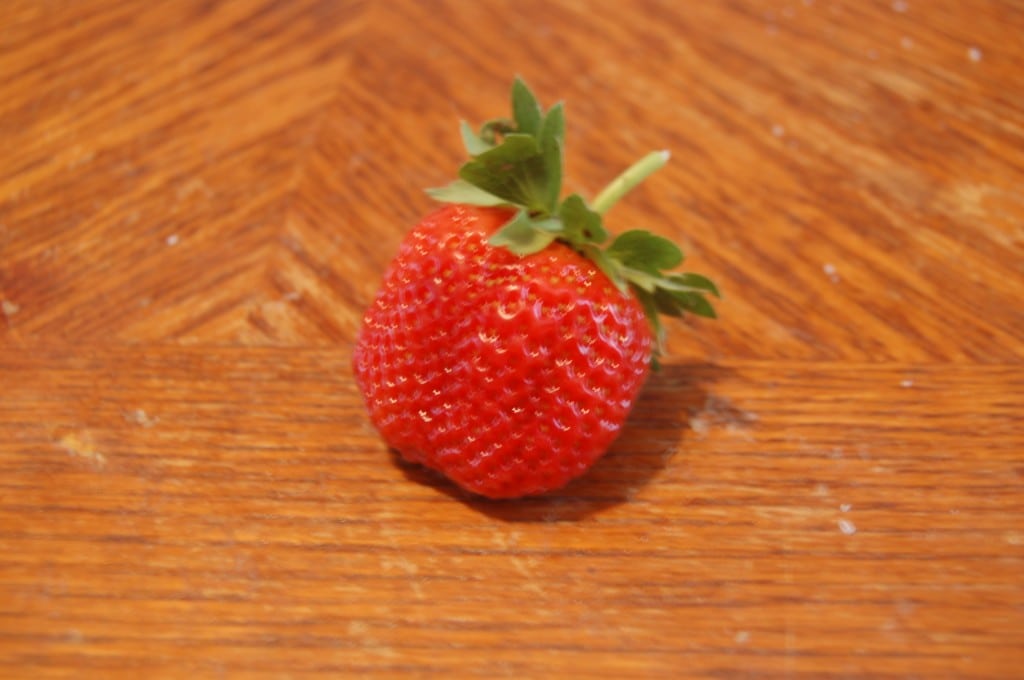
1. Strawberries
Some areas of the country have already seen strawberry season in the last few weeks. Where I am, we’ll see strawberries about a month from now. They’re a fresh spring food, ripe just before it gets really hot. Strawberry plants are perennial and fairly easy to grow, and they can be grown in a raised bed or a hanging pot. Many local places have strawberry picking available as well. Strawberries are high on the “Dirty Dozen” list and should be purchased organically or low-spray if possible. Many places do not offer unsprayed, but instead spray minimally and only early in the season, before the fruit begins to grow — this is an acceptable alternative, at least for me.
Strawberries are rich in vitamin C and antioxidants and have been shown to improve blood sugar regulation and cardiovascular health. They’re also a fairly low-sugar fruit.
They can be eaten plain, in strawberry ice cream, strawberry shortcake, or with whipped cream. They can be made into strawberry lemonade or strawberry limeade. They can also be frozen for smoothies or made into jam — preserved to enjoy the harvest year around!
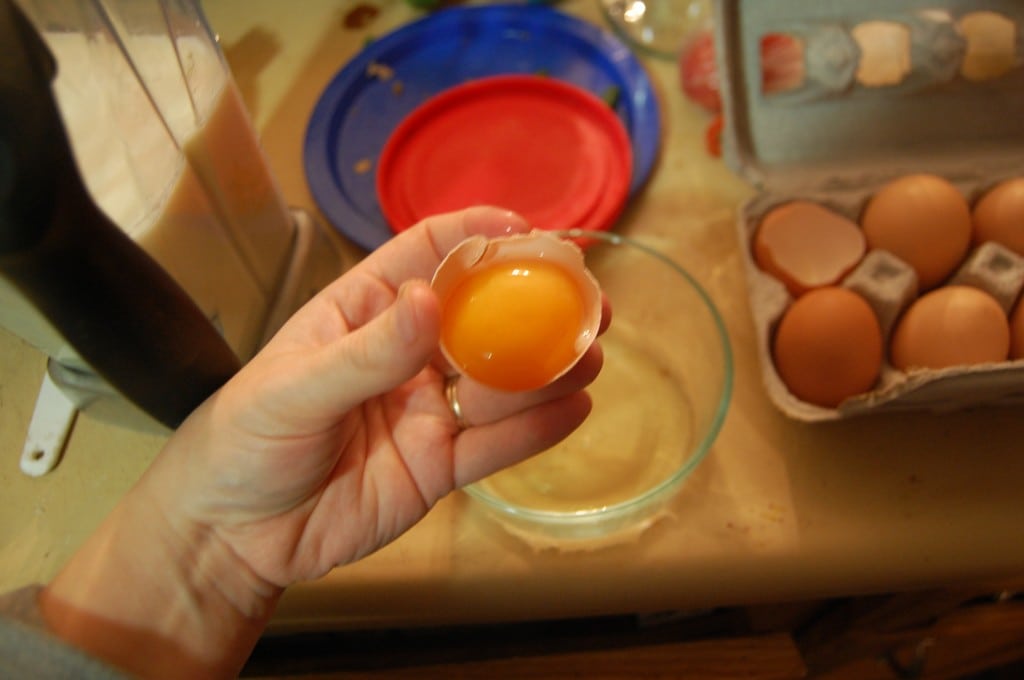
2. Eggs
Did you know these are seasonal? When you buy from the grocery store, they’re stored for several weeks or months to ensure a steady supply year-around. But when you’re buying free-range eggs from truly pastured hens, they lay in earnest through the spring and summer months, and taper off to rare laying or no laying in the cold, dark months. Plus, in the spring, the grass is growing and the bugs and worms are appearing — and this is what hens are meant to eat. These make the hen’s eggs rich, and you can see the difference in the deep orange yolks!
Eggs are rich in choline, omega-3s, CLA, and vitamin E. They are also a good source of healthy fats and cholesterol. The yolks are great to eat raw (if you have access to pastured eggs — please do not do this with regular grocery store eggs!), while the whites are better eaten cooked. Yolks can be made into ice cream, tossed into smoothies, cooked in scrambled eggs, added to baked goods, pudding, and more.
Eggs can’t be preserved like fruits and vegetables, but they will stay good for a month or two in the fridge, and older eggs can be hard-boiled.
Image by kthread
3. Milk
Yes, milk, too, is seasonal! Cows usually calve in the late winter to early spring months. Through the winter, they’re pregnant and usually “dried off” (not producing milk — although it is possible for a pregnant cow to continue to be milked, but her milk will change, just like in a pregnant human). Plus, they’re eating hay and other dried grasses from the previous summer, or grains like soy and corn, depending on the farm.
In the spring months, when the grass begins to grow rapidly and turns a rich green color (which happens about mid-April where I am), the cows are turned out to graze. This rich, green grass is the ideal food for cows, and it increases the nutritional content of the milk quite a bit!
Milk from grass-fed cows is rich in CLA, vitamin A, vitamin K, and vitamin E. It also has an ideal balance of omega-3 to omega-6. It has a number of excellent health benefits that commercial milk doesn’t have. Raw is ideal.
Milk can be drunk straight, made into ice cream, mixed into baked goods like pancakes or muffins, made into chocolate milk (my kids’ favorite!), mozzarella cheese; the cream can be skimmed for butter. Lots of great uses!
Image by La Grande Farmer’s Market
4. Greens
These are coming into season right now! Greens mean lettuce, spinach, kale, swiss chard, and lots more. They like shade and they grow rapidly in the spring when the weather isn’t too hot yet. Once the weather is hot, especially if they’re in direct sunlight, they’ll “bolt” (grow rapidly, flower) and become bitter in taste. Swiss chard grows throughout the summer and into the fall, while the others have shorter growing seasons.
Greens are rich in B vitamins (including the important folate), vitamin C, potassium, magnesium, iron, vitamin K, and some are rich in calcium as well. They are also high in fiber and are all-around beneficial to just about any diet.
They can be served in salads (which I love, personally) with homemade dressing (avoid soy oil!), added to soups, quiches, sauteed in bacon grease, and lots more. Some greens — like kale or spinach — can be blanched and frozen to use later.
5. Blueberries
We love blueberries too! Around here, they come into season mid-July. I remember going picking with my family last year right after I found out I was pregnant. It was a hot, humid, but rainy Sunday morning. The blueberries grow on huge bushes (this farm had very old bushes; they can be quite a bit smaller, as they were on other farms I visited) and they ripen over a three or four week period in the summer. Depending on the variety, they can be tiny or quite large.
Blueberries are rich in antioxidants, vitamin C, and manganese. Studies have shown that they can reduce cancer risk, diabetes risk, and more. They can reduce muscle damage, and even reduce brain damage or degeneration!
They can be served plain, with whipped cream, made into blueberry crumble or blueberry muffins. They can also be frozen for later.
Image by OakleyOriginals
6. Bell peppers
We’ll start to see these appearing sometime in July — they’re a hot weather crop. They grow on plants that stay fairly low to the ground, and which can produce half a dozen or more at a time if they’re well-fed, watered, and get direct sun. Ideally, pepper plants need 12 – 14 hours a day of full sun! (Less will produce far smaller and fewer peppers. Our gardens were shaded, and 7 hours a day of sun produced 1 – 2 small peppers per plant, if that. Meanwhile, my in-laws plants, in full sun, were absolutely loaded with huge peppers!)
Peppers are rich in vitamin C (especially red ones), antioxidants, and other health compounds — and organic growing practices increased the amount of all these nutrients in the peppers!
They can be eaten raw (which my kids love), with vegetable dip, stuffed and baked, added to soups, and more! They can also be seeded and frozen for later use.
7. Tomatoes
One of my very favorites…ripe tomatoes! They’re just delicious and juicy in season, and they produce superior cooked products as well. I love to add them to soups, salads, sauces, and just about anything! A real tomato comes in early August and can last well into September (the season — not the individual tomato!) and is a deep red, flavorful masterpiece. Nothing like those hard, orange balls that are sold at the grocery store.
Tomatoes are rich in lycopene, a nutrient that can promote eye health. They may also lower the risk of osteoporosis, heart disease, and general inflammation, due to their high antioxidant content. They’re also high in vitamin C, vitamin K, and potassium.
They can be eaten fresh — simply plain, or added to a salad — tossed with pasta, made into sauce, salsa, juice, or added to soups and chilis. They can be preserved in any of their cooked forms. We can over 100 quarts of tomato sauce and a fair amount of salsa and diced tomatoes each year!
8. Peaches
Ah, peaches…you already know I love them. 🙂 They’re sweet, juicy little bits of deliciousness. They grow on trees and until a few years ago, I didn’t even know they could grow in temperate climates! They’re a spring crop in hot areas like the south, but are a late summer — July/August — crop up north. A truly ripe peach is soft and slices easily, and tastes delicious. Grocery store peaches are often hard, slightly green, and tasteless.
Peaches are high in vitamin C, beta-carotene, potassium, and iron. They also contain quite a few antioxidants, which supports cardiovascular health.
They can be eaten fresh (my favorite!), made into peach tea, peach upside-down cake, or peach ice cream! They can also be frozen in slices, or canned (without sugar)!
9. Apples
The ubiquitous apple. In the fall, there are apples in every direction around here! They ripen starting in mid-August and occasionally a few varieties ripen a bit earlier. The season continues through late October. Each variety is ripe for a week or two, and there are several varieties. Our favorites include Jonathon, Golden Delicious, Macintosh, and Honeycrisp. Most of these are good for cooking, as well as eating!
Apples are high in fiber and are a fairly sweet fruit. They’re also somewhat high in vitamin C. More importantly, apples appear to positively affect your gut bacteria, serving as a “prebiotic.” (That is, food for the bacteria.) They may also help regulate blood sugar and may promote weight loss.
They can be eaten fresh (and we do eat a lot of them!), sliced for salads (both sweet and savory), included in pies, apple crisp, made into sauce, apple butter, or added to muffins, apple dumplings, and other baked goods.
10. Squashes
There are a variety of squashes, including ones that ripen in the summer (like zucchini and yellow squash). There are many more that ripen in the fall, towards the end of September and October. This includes acorn squash, pumpkins, butternut squash, and the spaghetti squash pictured above! Squashes are lightly sweet and used in both sweet and savory dishes. The winter squashes tend to be sweeter than the summer varieties, although both are used in sweet and savory recipes.
Squashes are high in fiber, beta-carotene, vitamin C, manganese, B vitamins, potassium, and it even contains some omega-3 fatty acids! It also contains antioxidants and may help to regulate blood pressure.
They can be served raw, baked in bread, tossed with pasta, made into soup, and more. Try zucchini lemon-poppy seed bread, pumpkin bread, and chicken parmesan with spaghetti squash. Pumpkin puree can also be frozen for later!

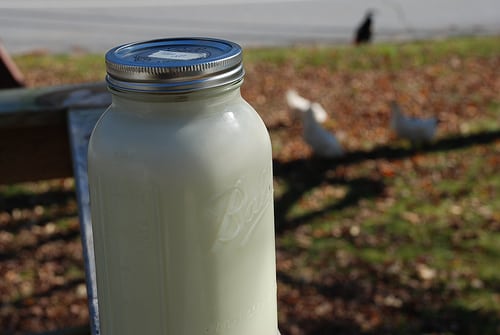
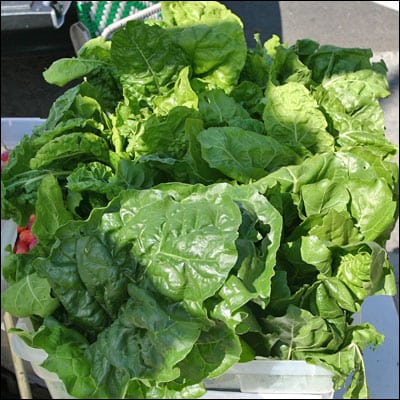
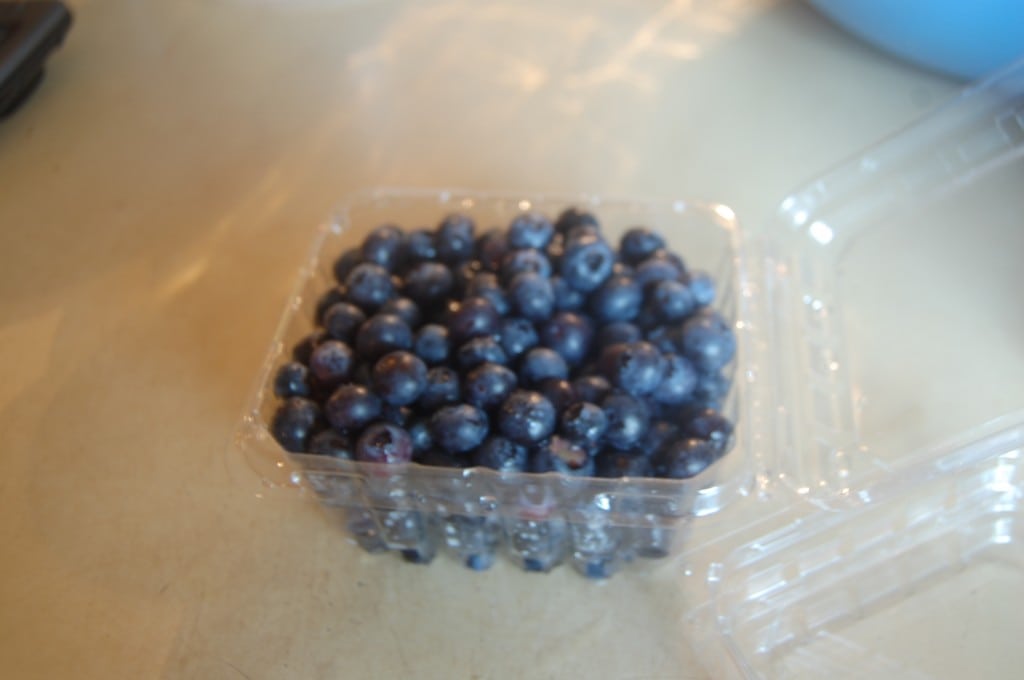
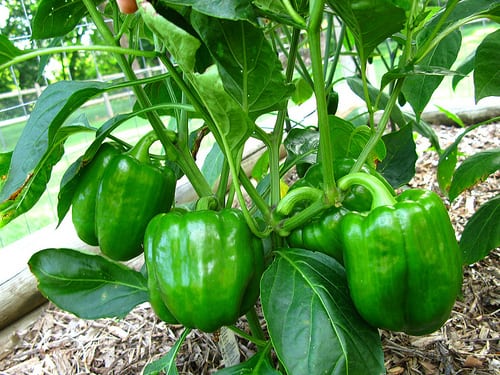
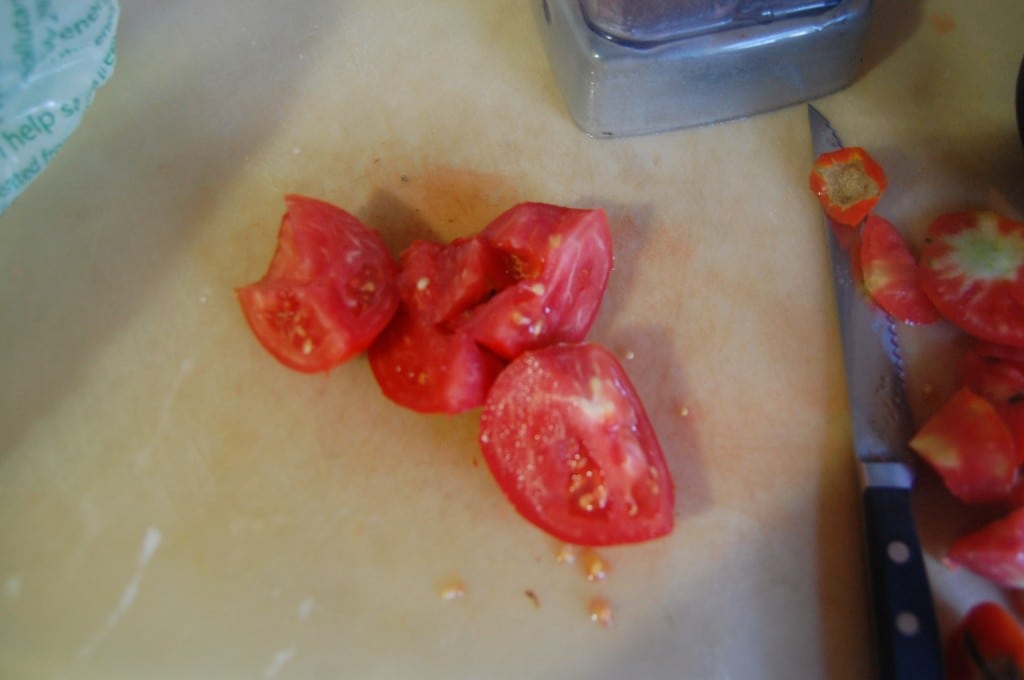
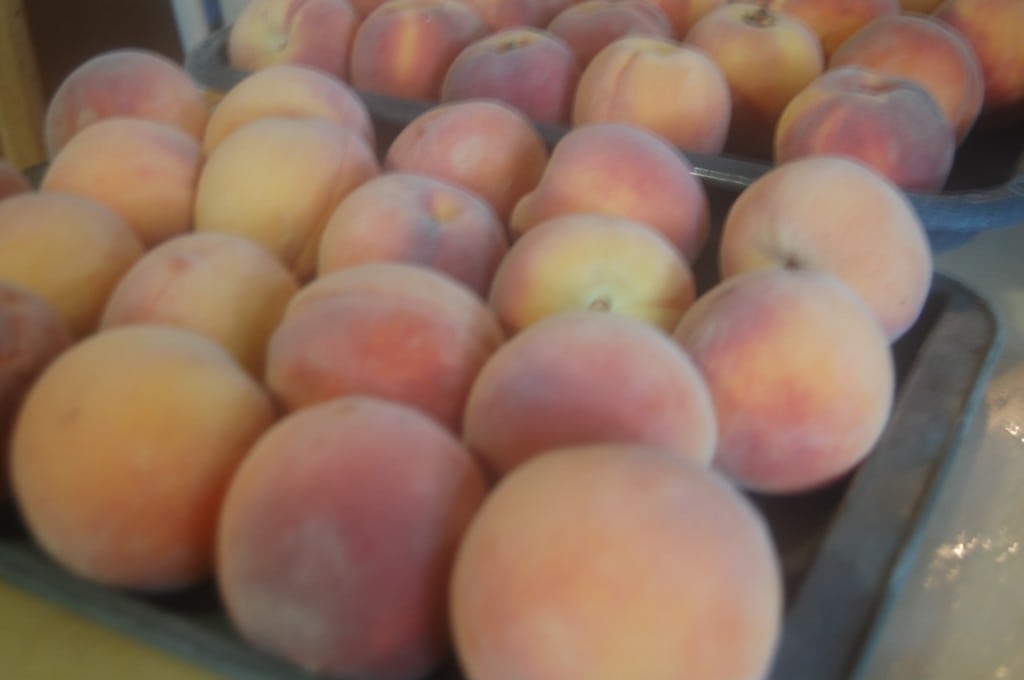
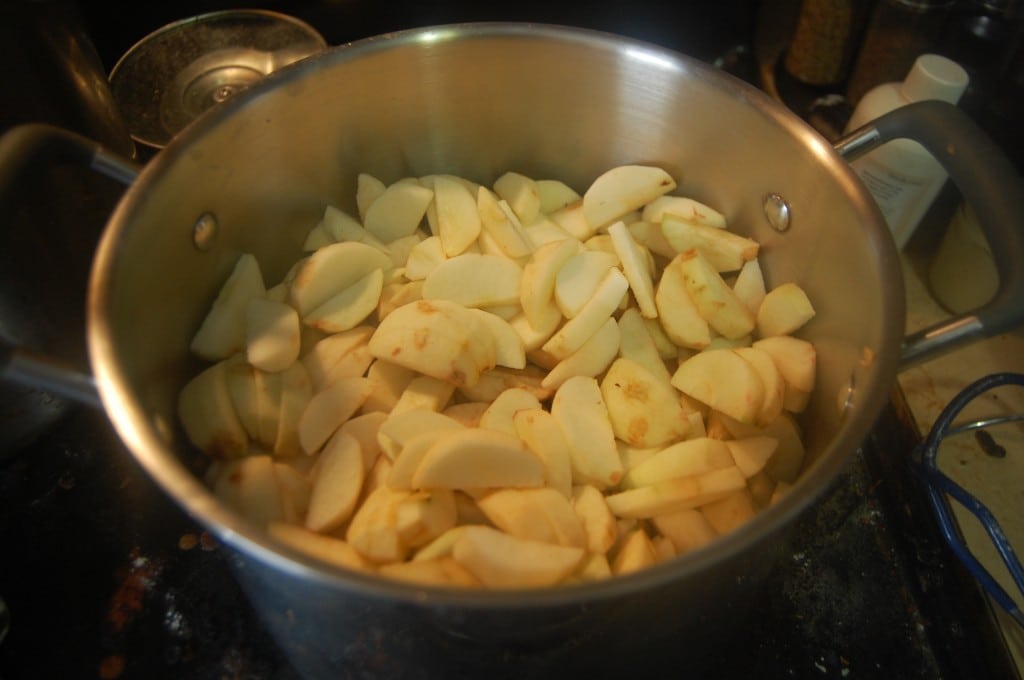
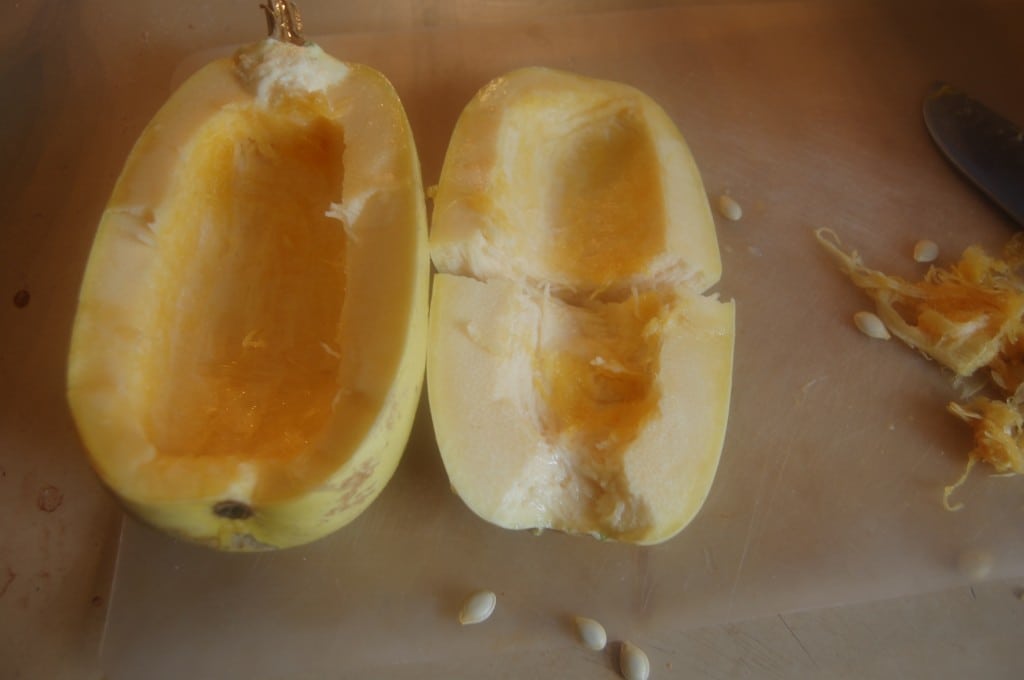

I had no idea eggs sat at the grocery store for so long! Gross! Thankfully I get mine fresh from the farm. 🙂
we raise our own animals chickens included. you are right that they really do not lay in the winter since the days are so short and egg laying is related to the length of daylight however eggs can be preserved for months and months. mineral oil is one method and lime is another. we have eaten pastured eggs that are 9 months old in the middle of winter. this is nothing new and was common practice in the days of old. requires nor refrigeration either.
Good list of fresh local foods. There is nothing like fresh produce, especially if you can grow it yourself!